Addressing and adjusting the lowest to highest frequencies that the human ear can hear is a sensitive task for equally sensitive equipment. Anybody who makes music knows that quality equipment costs good money. We don’t want to break it. So the million-dollar question is this: can equalization hurt your gear?
Generally speaking, EQ will not damage equipment, but volume can. When using EQ, it’s easy to increase the volume of the mix as an unintended consequence. Adjusting the presence of a frequency will probably not damage speakers or headphones but making them unreasonably loud definitely can.
Why EQ Usually Won’t Harm Your Speakers
1) The Volume Needs to Be High Already for EQ to Damage Speakers
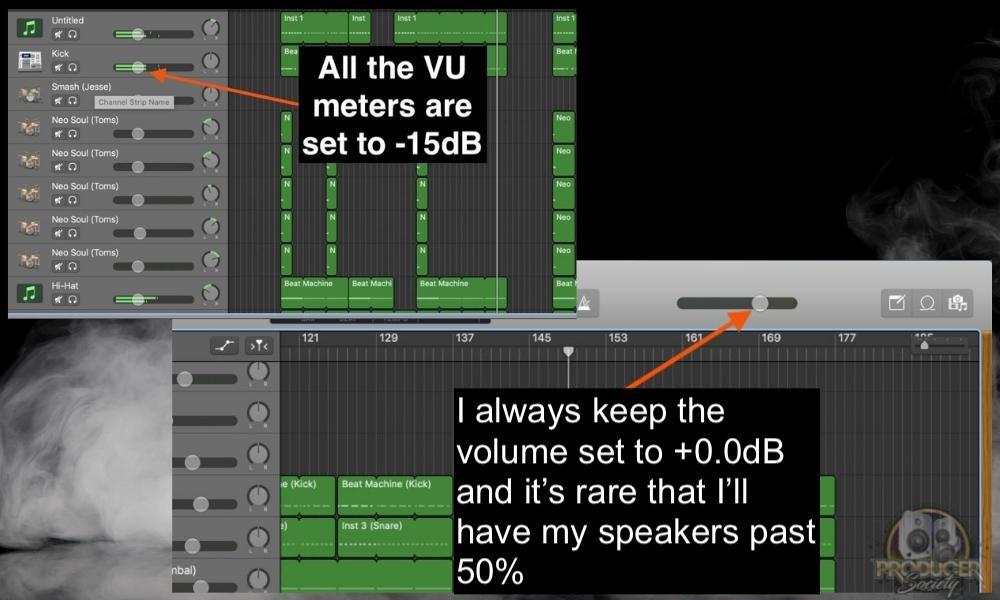
When you’re working at a higher volume as your baseline, the danger to speakers is when you continually increase the volume while you EQ.
A lot of beginner producers like to work at high volumes when they start, however, in my view, this is probably not the best way. The same thing goes for bass boosting which is something I talked about here.
When using studio monitors like iLoud STMs (I got these on Amazon), for example, you should be able to tell if you’re playing the music back too loudly. If you’re someone that works with consistently louder playback, take note of the decibels you’re listening with.
Everyone has their own idea of what’s proper. For instance, I like to switch between mixing at loud and at quiet volumes. Most people say that listening at quiet volume is the best. I know Bobby Owsinski featured some engineers in his book who made the case for that.
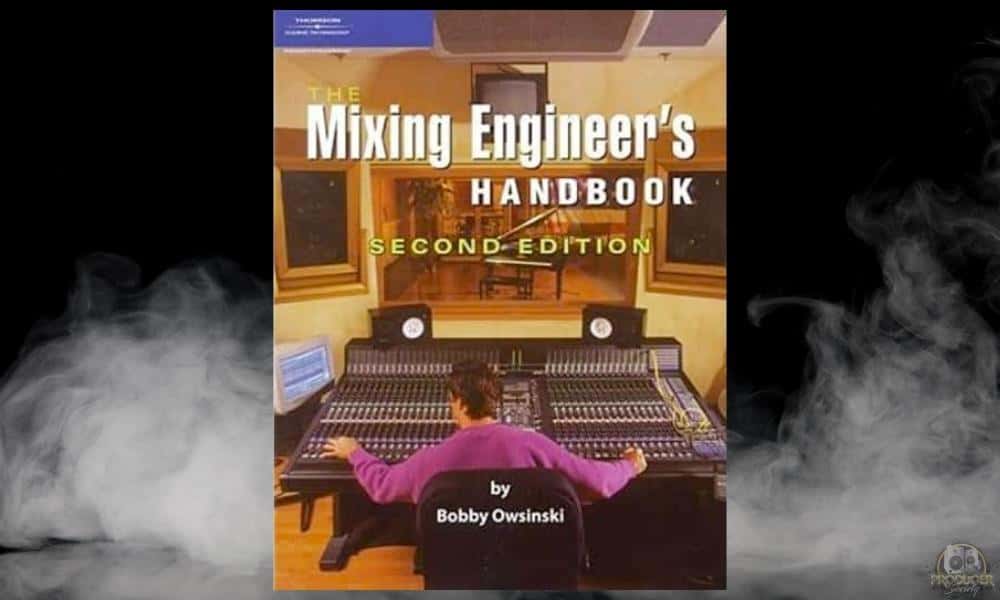
There are other people like the writer of this article, Is Playing Music Loud Bad for Studio Monitors?, Emmanuella Uka, who say that the optimal range is between 75dB and 85dB. She says that the speakers might give out if you’re too loud.
If you’re using headphones, for instance, I have a tip for you. Use the normal mixing volume that you use, and then take your headphones off your head and set them on the desk. Can you hear the music clear as day?
If the answer is yes, you’re probably listening too loud. Additionally, if you find your ears feel kind of irritated or sore after an hour, you may have to turn it down. On the other hand, you’ll probably need to take a break every 45 minutes to an hour anyway to prevent ear fatigue.
2) There Needs to Be Extreme EQ Boosts to Cause Damage
![Extreme Bass Boost - Why EQ is Unlikely to Damage Your Speakers [ANSWERED]](https://producersociety.com/wp-content/uploads/2022/03/Extreme-Bass-Boost-Why-EQ-is-Unlikely-to-Damage-Your-Speakers-ANSWERED.jpg)
When working with low-quality headphones or monitors, you can come across issues like a distorted sound when adjusting a low frequency to an extreme level for example. This will certainly lead to a poor listening experience but even this probably won’t hurt your headphones.
In this case, it is another example of the probability of volume and extreme frequency that could cause damage. Decent headphones like Audio Technica’s ATH-M50x (great to get on Amazon, by the way) will be able to handle plenty of extreme EQ and volume, but that doesn’t mean your ears can.
The only way an EQ could cause serious problems to your speakers or monitors would be through the gain function. Let’s talk about that now.
3) EQ Won’t Lead to Damage – But Boosting the Gain of Your EQ Can
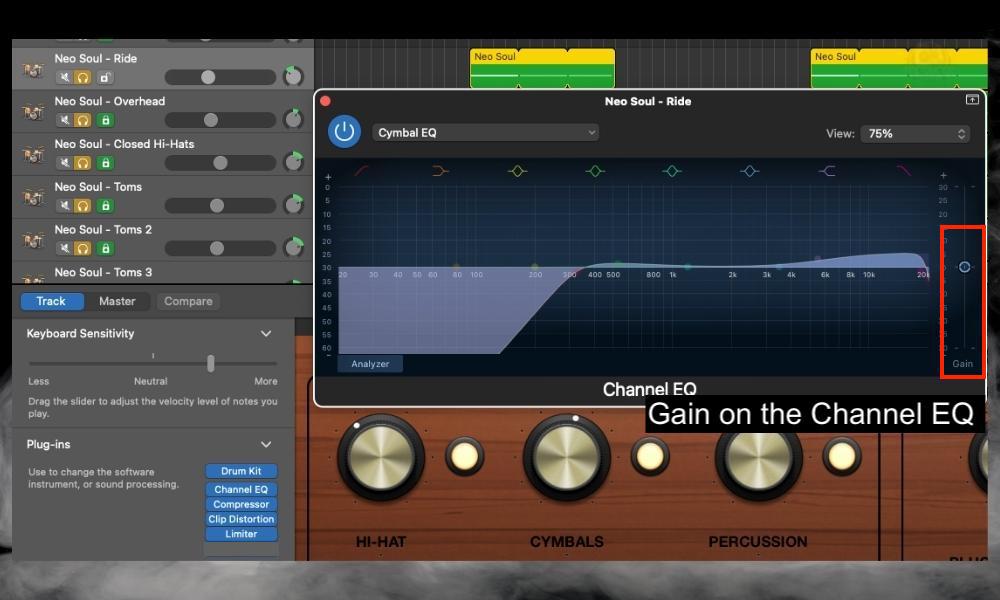
In case you didn’t know, on most EQs, including my favorite – the Fab Filter Pro-Q EQ (on Plugin Boutique) – you can manipulate the gain to drive the overall volume of the equalizer. This is useful for example if you have recorded an instrument or a vocal at a low volume.
In general, it is a sensitive tool to use for your mix but also it can endanger the overall power of the volume. Like I said in my bass boost vs gain article, if this is used to an extreme on an individual track, like a distorted guitar, it can overpower its presence and stand out too much.
Engineers and producers often use compressors in coordination with EQ. They also provide gain and output options that increase volume. In general, it’s much more common to use compression as a way to balance out the low and high-volume parts of the audio recording.
Use all of these tools with caution. Be especially careful with gain because you don’t want to add a dangerous amount of volume. You should be getting the point here by now: the issue lies fundamentally with total volume and gain, rather than with EQ itself.
4) EQ Can Lead to Clipping Which Can Cause Damage But It’s Unlikely
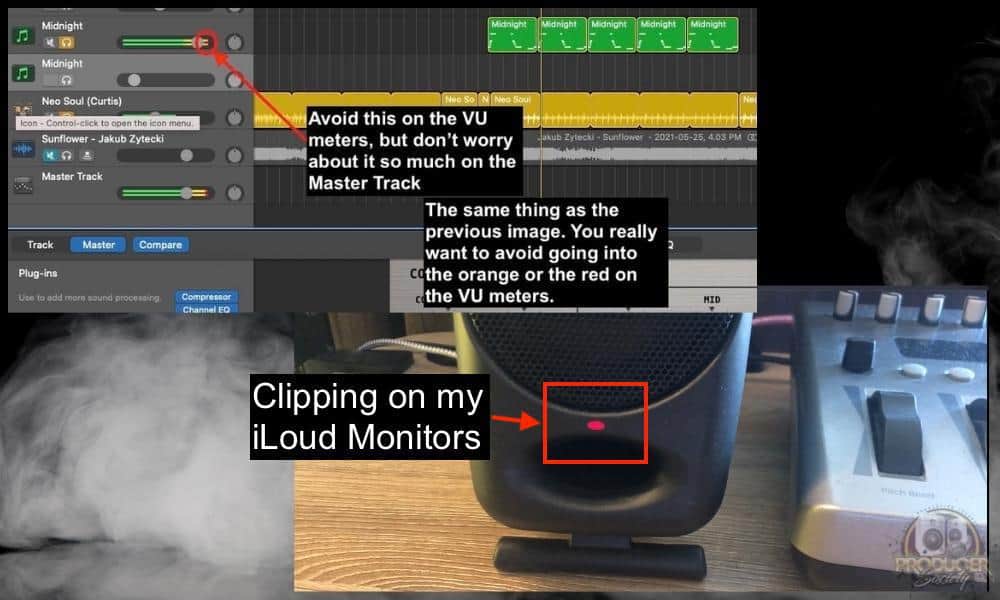
In some instances, boosting too much of a particular frequency can cause clipping (digital distortion). This too is usually the result of a volume issue though, like when you record a track too loudly.
I know I’ve run into this problem before toward the end of finishing a mix, which is when I have the volume as high as I can manage while still sounding good.
In short, clipping is when an audio signal is too high resulting in a harsh clipping or a distorted sound. You can observe this taking place within the waveform of a track where a square line occurs within a normal wavey audio wave.
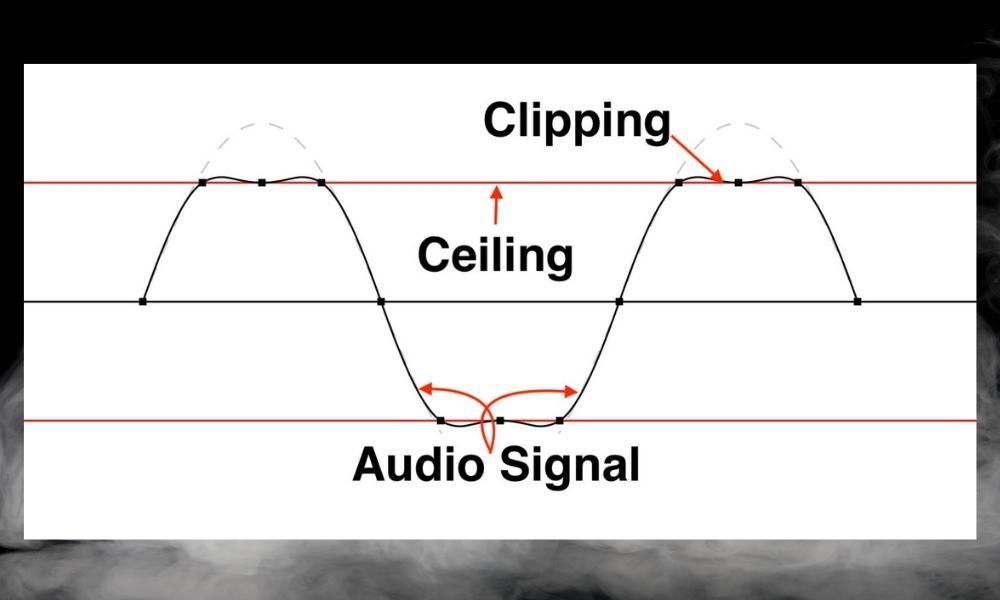
A simple way of describing it is that the signal is exceeding its capacity – the waveform hits the ceiling and can no longer oscillate the way it was before. In this scenario, clipping can cause damage to your speakers, and a Mackie tech support article confirms this.
According to the MACKIE tech support article – clipped signals can damage a speaker. It doesn’t matter if it’s the mixer, the amplifier, or another piece of audio equipment.
You can even cause damage if the amp isn’t at full output. However, in the case of EQ, it’s probably unlikely to happen, because as we’ve said before, the overall volume must be fairly high.
Can Use of EQ in Mastering Damage Equipment?
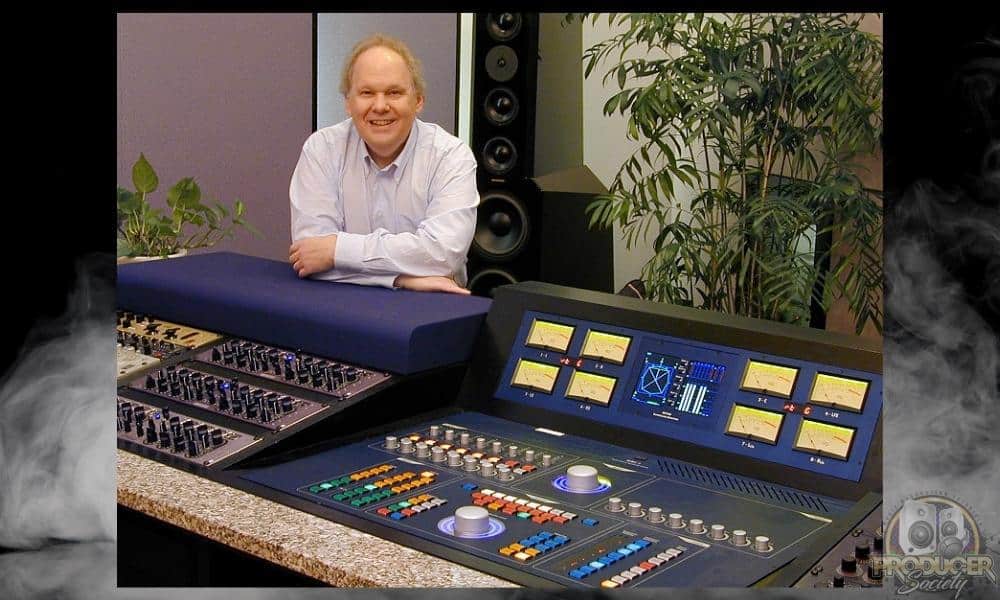
Mastering is the process of preparing a song, EP, or album for commercial distribution. This usually involves a procession that increases the transparency and volume of your track across platforms during playback.
Tools like multi-band compressors and limiters are more commonly used in mastering than EQ. Depending on the genre though, you could be aggressively changing the frequencies of your track.
According to mixing and mastering engineer Steve Brown: “you want to be careful making huge EQ moves, but at the same time, you want to do whatever it takes to make your mix or master sound right.”
“Don’t feel like you can’t use your tools aggressively, but at the same time think through what you’re going for and question if it’s the best way to get there.”
![Steve Brown Quote - Why EQ is Unlikely to Damage Your Speakers [ANSWERED]](https://producersociety.com/wp-content/uploads/2022/02/Steve-Brown-Quote-Why-EQ-is-Unlikely-to-Damage-Your-Speakers-ANSWERED.jpg)
He continues; “In years of audio, I’ve never had any equipment break or had any client listening to a final product and critique the exact numerical amounts of EQ processing, it’s all about getting the tone right, and you have to do whatever it takes to get there.”
In summary, I wouldn’t worry about EQ causing problems to your sound system unless you’ve got the volume or the gain cranked to the maximum. Just approach things in a reasonable fashion and you’ll probably be alright.
Important Things to Note About EQ and Speaker Damage
1) You’re More Likely To Cause Damage With Cheaper Equipment
Equalizing your lowest frequency to the highest frequency, even to aggressive amounts, will probably not damage your speakers. There are exceptions to this rule, like if you’re using really cheap gear.

 Written By :
Written By :